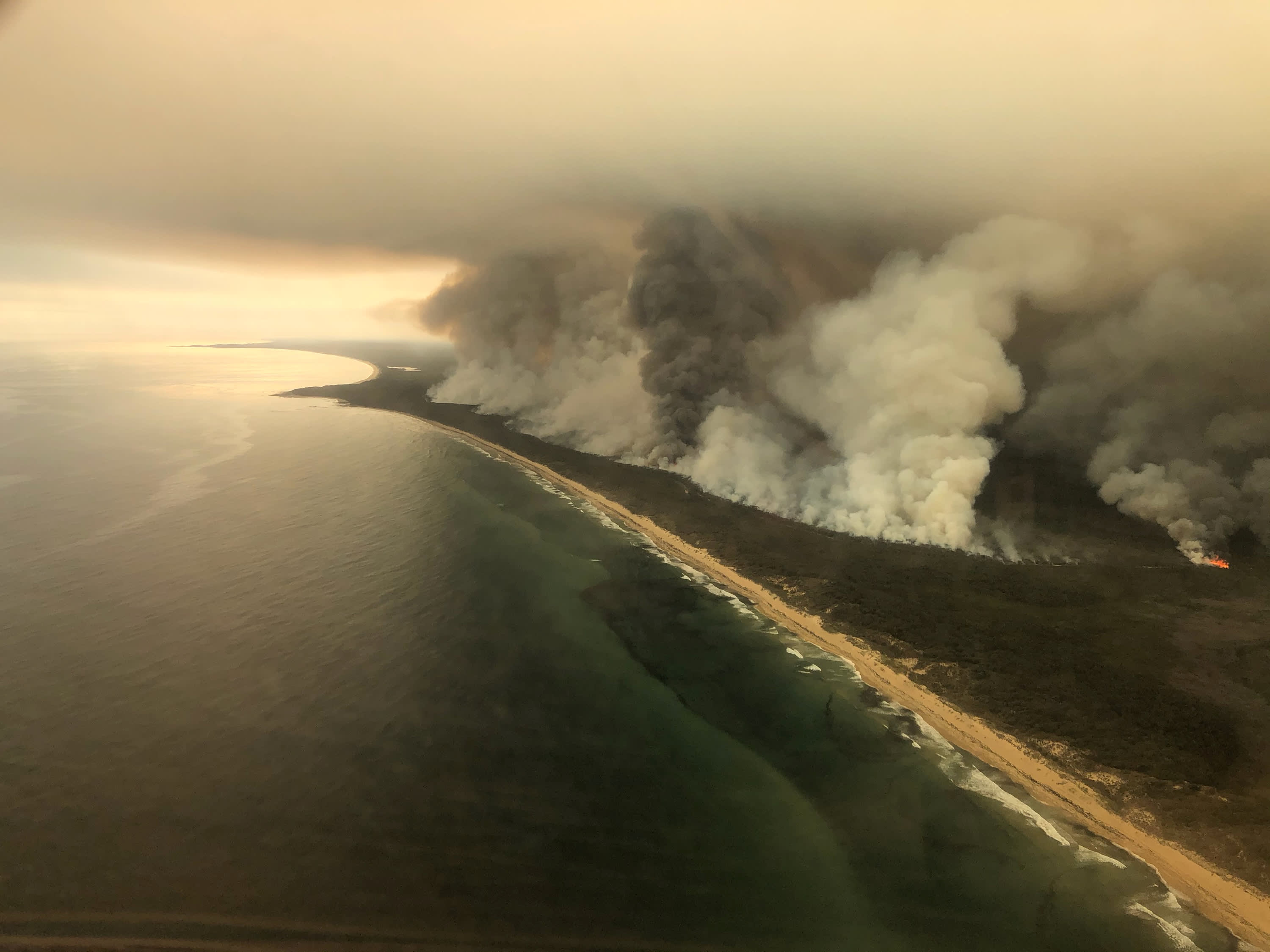Unlocking the Keys of Bushfire Danger Analysis: The Function of a BAL Report
Unlocking the Keys of Bushfire Danger Analysis: The Function of a BAL Report
Blog Article
Just How BAL Record Impacts Shrub Fire Security Procedures
In the realm of bush fire protection, the Structure Attack Degree (BAL) record stands as a vital tool that substantially influences the safety and resilience of residential or commercial properties in fire-prone locations - BAL Report. The effect of a BAL evaluation extends far past mere documentation; it works as the keystone for establishing the appropriate building and construction requirements and fire protection measures essential to minimize the dangers presented by bushfires. As neighborhoods grapple with progressively extreme fire seasons, understanding exactly how the BAL report shapes these protective measures ends up being vital for policymakers, home owners, and home builders alike
Comprehending the Bushfire Strike Degree

Value of BAL Report Analysis

Furthermore, the BAL report assessment offers as a fundamental step in abiding by legal commitments and demands associated with bushfire security. Regional councils and authorities often mandate the submission of a BAL record as component of the planning and structure authorization procedure to make certain that residential or commercial properties are sufficiently protected versus bushfire risks. Falling short to carry out a detailed BAL report evaluation can cause poor security actions, leaving residential properties prone to devastating bushfire occurrences.
Building And Construction Specifications Based on BAL
An extensive understanding of the Bushfire Assault Level (BAL) allows homeowner to carry out building and construction standards tailored to their particular danger account. Construction requirements based on BAL are essential in reducing the impact of bushfires on residential properties. The BAL rating categorizes the possible risk a property encounters during a bushfire on a range from BAL-Low to BAL-FZ (Fire Zone) Each BAL degree represents details building and construction needs described in the Australian Basic AS3959-2018 Construction of Buildings in Bushfire-Prone Locations. Residential properties identified as BAL-Low might just need fundamental procedures such as clearing debris and maintaining yards, while those in higher BAL groups need more robust measures like cinder displays, fireproof materials, and sealed home windows. Following these construction standards not just enhances the architectural strength of the building but additionally boosts the overall security of homeowners throughout a bushfire occasion. As a result, home owners must thoroughly consider their BAL score and abide with the corresponding building and construction standards to visit this page sufficiently guard their homes and passengers.
Carrying Out Fire Security Procedures
With the foundation of building standards based upon Bushfire Strike Level (BAL) in location, the emphasis now shifts in the direction of the practical application of fire defense actions to fortify homes against bushfire threats. Implementing fire protection actions includes a mix of passive and active methods to improve the durability of buildings in bushfire-prone locations. Easy measures include making use of fireproof structure products, setting up cinder guards on vents, sealing voids in wall surfaces and roofs, and keeping a clear space around the home devoid of flammable greenery. Active actions incorporate having firefighting devices conveniently available, such as pipes and water pumps, along with creating a defendable room click to read around the home by getting rid of plants and having a well-kept garden. In addition, creating an emptying strategy and guaranteeing all residents understand emergency treatments are important components of effective fire defense measures. By incorporating both passive and active techniques, residential properties can substantially reduce their susceptability to bushfire incidents and boost the safety and security of passengers.
Safeguarding Houses Against Bushfires
Effectively protecting homes against the harmful impacts of bushfires requires a thorough and proactive technique to fire security procedures. Furthermore, securing spaces and vents to avoid coal intrusion, as well as incorporating fire-resistant doors and home windows, can assist fortify the home's defense versus bushfires. By accepting a positive stance and incorporating these protective measures, property owners can substantially enhance their opportunities of securing their homes versus bushfires.
Final Thought
In conclusion, the Bushfire Assault Level (BAL) record plays a critical function in determining the required security steps versus bushfires. Applying fire protection measures based on the BAL report is necessary in safeguarding residential properties from potential bushfire hazards.
In evaluating bushfire threat to residential properties, comprehending the Bushfire Strike Degree (BAL) is a critical element for executing effective security measures. Overall, a clear understanding of the Bushfire Assault Degree is vital for implementing adequate defense actions and alleviating the impact of bushfires on next properties.

Report this page